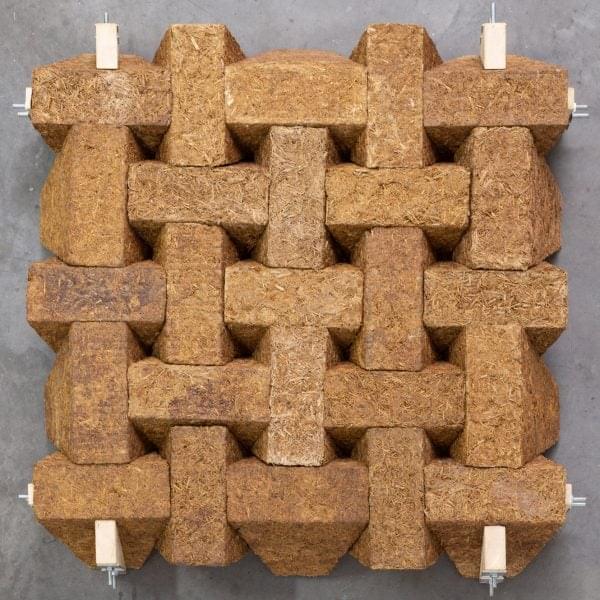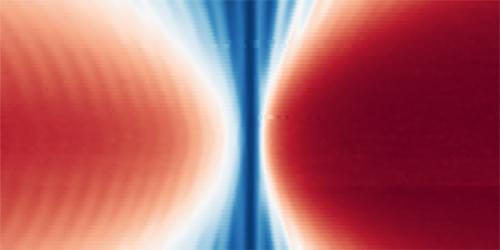“Our research is inspired by the idea that unconventional superconductivity usually emerges in proximity to magnetism,” Xiang said. “In particular, for copper-based and iron-based high-temperature superconductors, many of the proposed superconducting pairing mechanisms are closely connected to magnetism; moreover, the interplay between magnetism and superconductivity may give birth to more peculiar phases of matter, including the pair-density-wave (PDW) order with a spatially oscillating superconducting order parameter and finite-momentum pairing which has been an intense focus of research recently.”
The EuO/KTO heterostructure examined by Xiang and his colleagues exhibits a strong ferromagnetic proximity effect elicited by the EuO overlayer. This effect makes it an ideal platform to study unconventional superconductivity.
“The first report on the superconductivity at the EuO/KTO interface was published in 2021, focusing on the KTO (111) interface,” Xiang said. “We have since worked on the EuO/KTO (110) interface (considering its improved interface quality), at which we revealed the emergence of two-dimensional superconductivity in a previous paper.”







